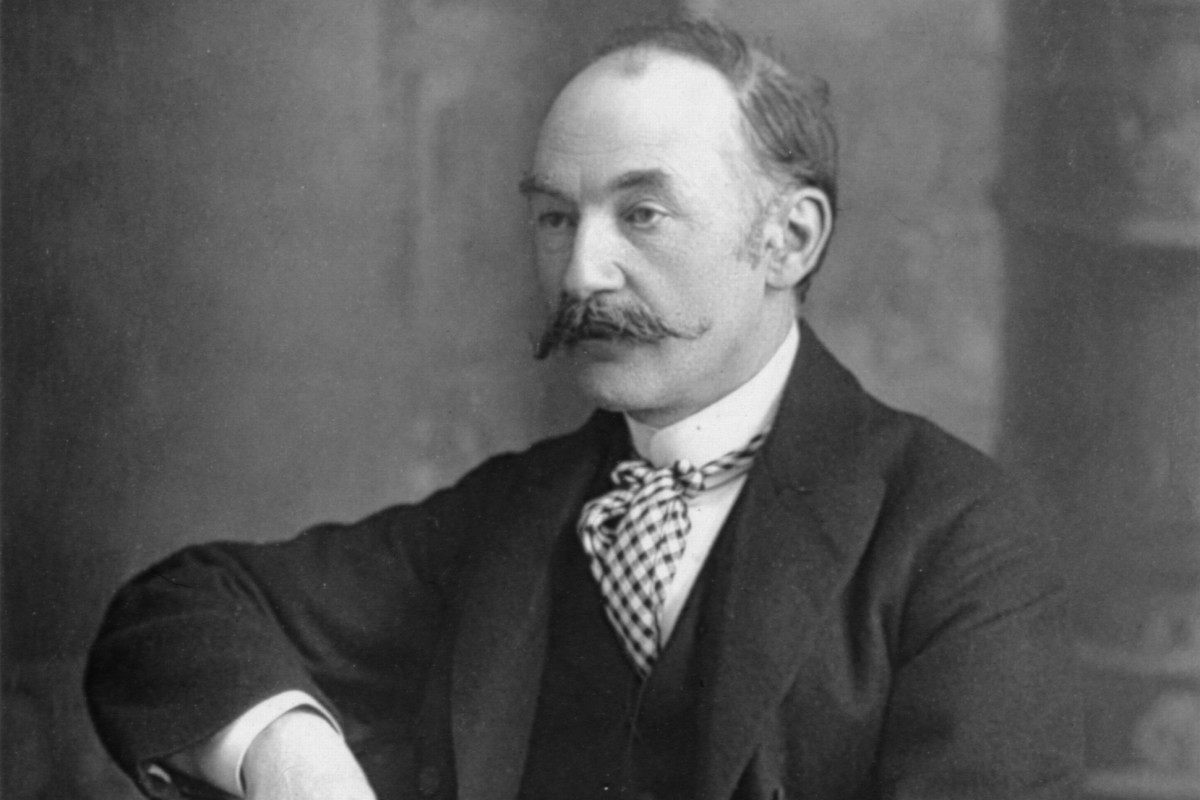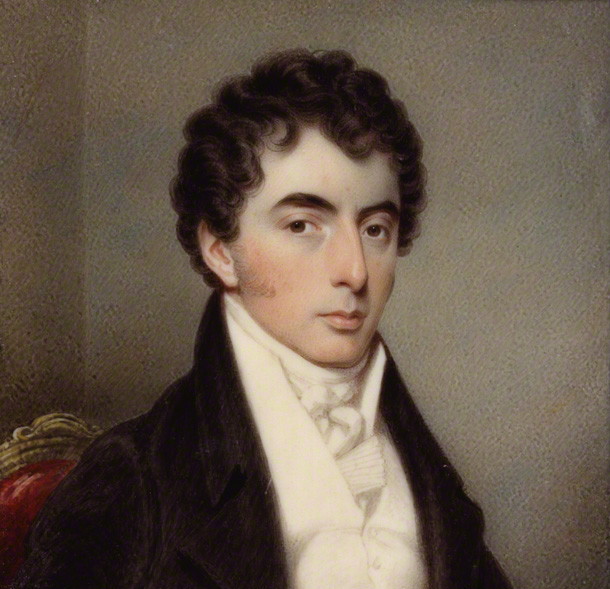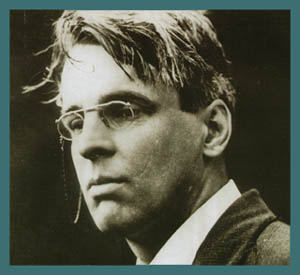Robert Burns was a Scottish poet and lyricist. He is generally thought to be the national poet of Scotland because he is the most widely read among all poets who have written in the Scots language. Burns has also written in English and a light Scots dialect, so that his poetry would be understood by an audience beyond Scotland as well. He has even written in standard English. The volume of works by Burns which came to be known as Poems, Chiefly in the Scottish Dialect came out in 1786. Also called the Kilmarnock volume, it contained much of his best writing. In 1791, Burns was requested to write lyrics for The Melodies of Scotland, and he responded by contributing over 100 songs. He made a lot of contributions to George Thomson’s A Select Collection of Original Scottish Airs for the Voice and also to James Johnson’s Scots Musical Museum.
In addition to making original compositions, Burns also collected folk songs from across Scotland, often revising or adapting them. While “Scots Wha Hae” has often served as an unofficial national anthem of the country, “Auld Lang Syne” is famous as a song of farewell. “To a Louse” is both a comic and an ironic poem. It consists of 8 stanzas. Each of these stanzas is again made up of 6 lines. Hence, the entire poem consists of 48 lines in total.
To a Louse Summary by Robert Burns
Stanza 1: In this stanza, the poet speaks directly to the louse and asks it sternly where it is going. He says that the louse is presumptuous, and this may get it into a lot of trouble. He has not seen any louse walking over such fine materials as the gauze and lace that go into the making of a lady’s bonnet. The poet is also sure that the louse is unable to find much food in such an environment.
Stanza 2: In this stanza, the poet says that since the louse is ugly and because its movement gives us chills, neither villains nor good men can prevent themselves from being disgusted by it and wanting to avoid it at all costs. Next the poet questions how the louse could dare to sit upon such an elegant lady. Instead, it should try to feast elsewhere, on the body of a destitute man, for example.
Stanza 3: In this stanza, the poet describes what kind of environment the louse should roam in. He says that an appropriate site for a louse’s habitation is on the head of a beggar. Since beggars do not have the luxury of being able to care for their appearance, their heads are likely to be filled with unruly and abundant hair. In fact, the poet imagines the head of a beggar to be like a field where many cattle graze in groups. Since the so-called cattle would have to be small enough to fit within the hair of the beggar, they can only take the shape of small insects such as the louse, and thus it would feel at home amongst such company. If the hair is particularly thick and unmanageable, it may even appear to be a plantation. Since only lords and ladies can use combs made of the horn or bone of animals, the louse is unlikely to face such an impediment in the environment suggested by the poet.
Stanza 4: In this stanza, the poet notices that the louse seems to have become invisible in among the many folds in the material of the lady’s bonnet that is fastened so tightly around her head. That is why he asks the louse to remain in that position and not move. However, in the next instant, he realizes that he was mistaken. He figures out that the only way the louse may escape the lady’s sight is if it is able to get to the very top of her bonnet. This is exactly what the poet instructs the louse to do.
Stanza 5: In this stanza, the poet sees the louse sticking out its nose, and the nose is gray in colour, as if it were a gooseberry. However, the poet wants to make the nose more noticeable. So he wishes he could get his hands on some powder or resin that would be a bright red in colour. If he could do so, he would put a large amount of the material on the louse, as if to dress it up.
Stanza 6: In this stanza, the poet says that there are other places where the sight of a louse would have caused less shock. For example, he says he would have expected seeing the louse on the flannel cap atop the head of an old matron. He would even have expected to see it on the undershirt of a ragged boy. However, it is outrageous that the louse has chosen to position itself on the bonnet of a lady that balloons out over her head.
Stanza 7: In this stanza, the poet turns his attention away from the louse and focuses instead on the lady whom he calls Jenny. He tells Jenny not to toss her head in an air of pride, as ladies usually do when they think they are looking fine on a certain day. This is because she is absolutely unaware of what effect the presence of the louse is having on the people around her. People are pointing at her and winking at each other.
Stanza 8: In this stanza, the poet wishes that the supreme power may give us the ability to see ourselves as other people see us. He thinks that such an ability would allow us to shed our misconceptions about our own appearance. In fact, he anticipates that this ability would rid us of our pride and our vain self-love. You might be interested to take a look at the complete analysis of the poem To A Louse.
Keywords – to a louse summary (1.0)
Some online learning platforms provide certifications, while others are designed to simply grow your skills in your personal and professional life. Including Masterclass and Coursera, here are our recommendations for the best online learning platforms you can sign up for today.
The 7 Best Online Learning Platforms of 2022
- Best Overall: Coursera
- Best for Niche Topics: Udemy
- Best for Creative Fields: Skillshare
- Best for Celebrity Lessons: MasterClass
- Best for STEM: EdX
- Best for Career Building: Udacity
- Best for Data Learning: Pluralsight















